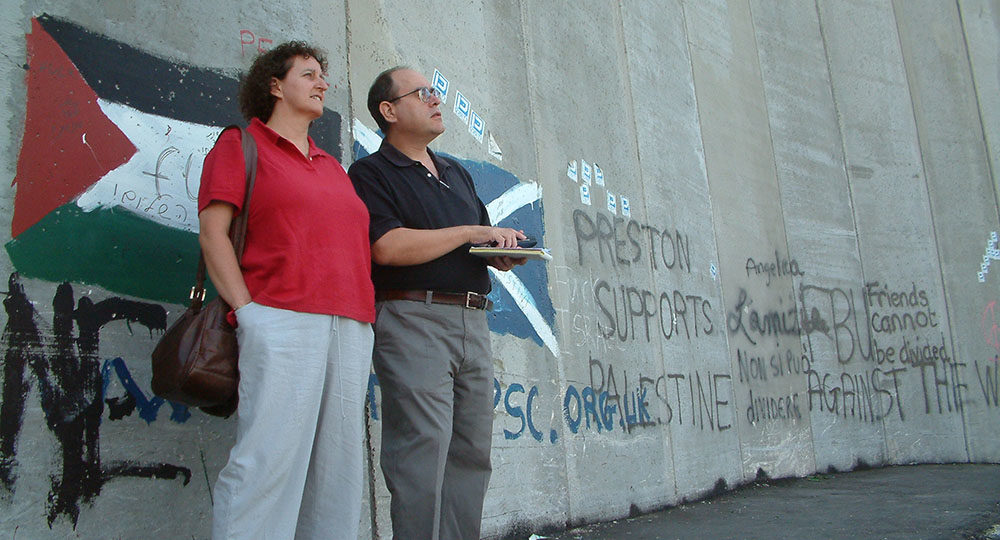


Was Gaza enough? Not on your life. Now Abbas is beating the drum for a move on Jerusalem, while archaeologists uncover something wonderful.
Years ago, few thought Ariel Sharon would ever give up Gaza. The reasons for his dramatic U-turn, however, aren’t that difficult to understand.
A top Jerusalem Post writer gives you an insider’s look at Jewish life in Israel’s City of Gold and what many feel is the only viable way to protect it.
What do words like inheritance, descendants, and forever mean to you? They mean a great deal to God. More, in fact, than most people realize.
You’ve got your Sunnis and your Shiis and your Fivers and your Seveners. And the list goes on. All are Muslims. Yet all are not alike.